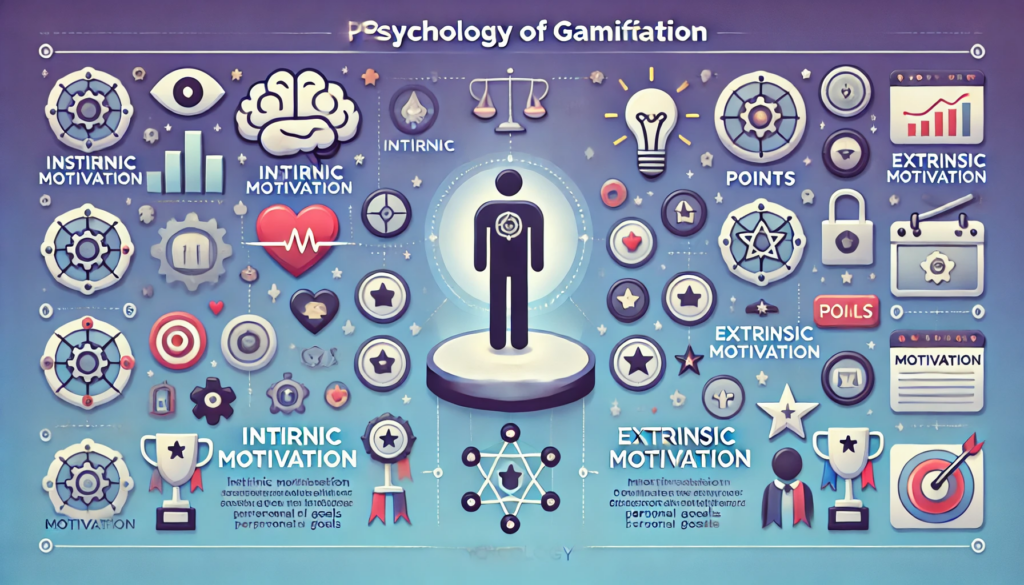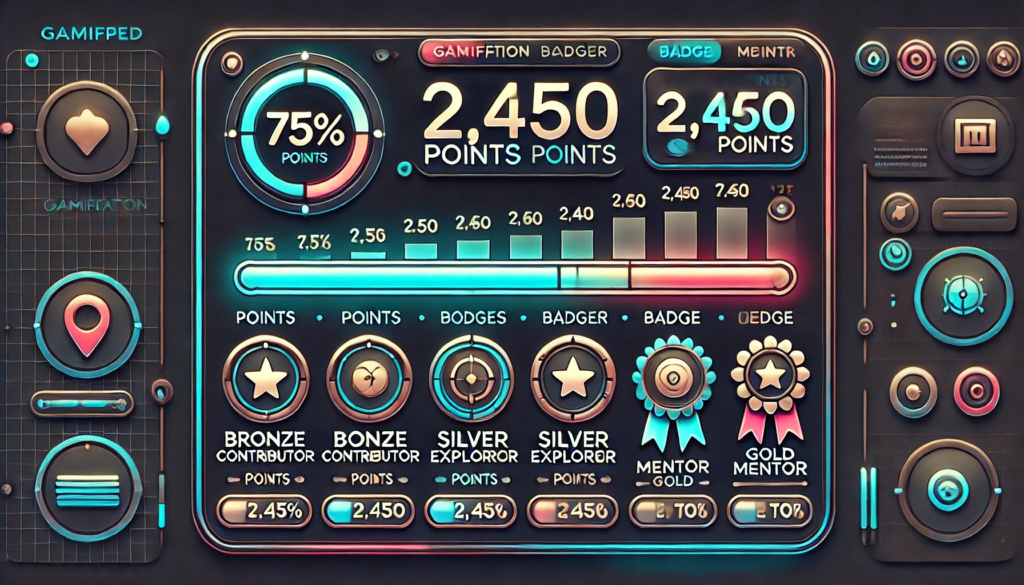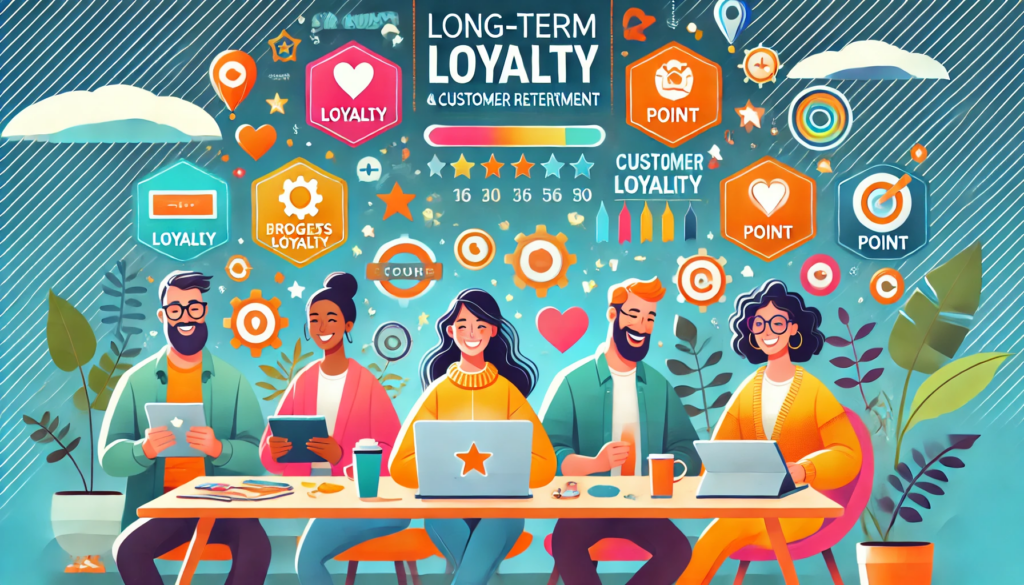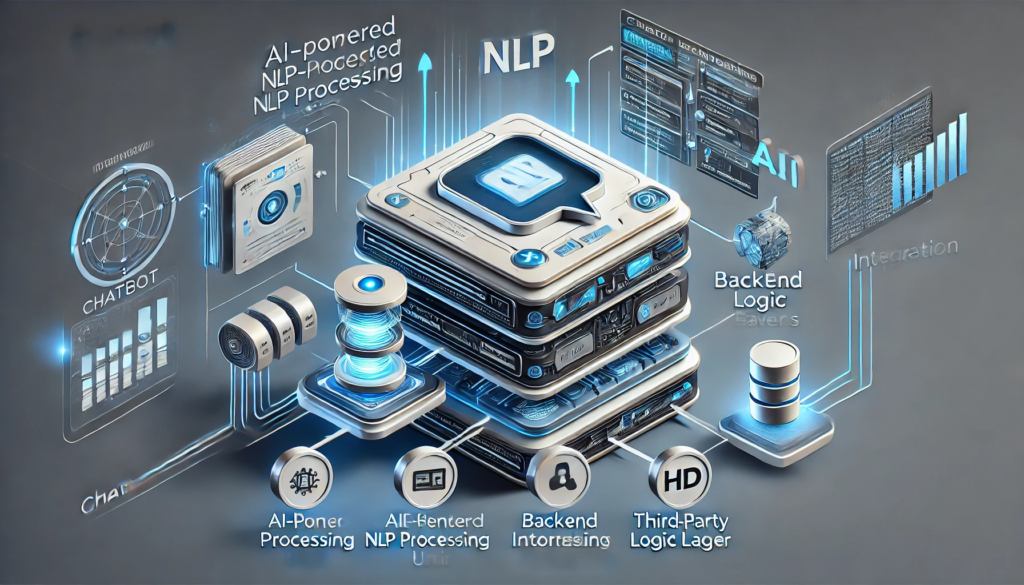A New Era of Personalization

We live in an era where data is abundant, consumer behaviors are infinitely tracked, and interactions are often measured down to the last click. Yet gathering data alone doesn’t translate into genuine personalization. It is the strategic interpretation of user insights and their integration into online platforms that truly shapes a compelling experience. Today, more than ever, websites and applications can predict what a visitor might want or need before they even think to ask. The result is a shift from generic, one-size-fits-all messages to curated content streams, product suggestions that spark delight, and landing pages that adapt to an individual’s history and preferences.
Data has always been the lifeblood of the digital realm. From traditional analytics that capture page views to sophisticated machine learning algorithms that anticipate consumer desires, businesses large and small have seized the opportunity to transform raw information into actionable insight. The process, however, is complex and requires not just technology but a creative mindset and a dedication to continuous experimentation. Standing out in a competitive market depends on presenting each user with something tailored, a touch that says: “Yes, we understand you.” This is no easy feat, but with the right approach, it is more than possible.
Graphic elements are also pivotal in illustrating the power of custom digital experiences. Data visualizations, for instance, can portray user behavior patterns in visually engaging ways, helping stakeholders see at a glance where improvements can be made. A dynamic chart can compare conversion rates for personalized versus generic landing pages, immediately highlighting where data-driven creativity pays off. This combination of visual storytelling and technical innovation is key to delivering meaningful online journeys.
That’s precisely why Vadimages Web Development Studio is passionate about merging advanced analytics with design ingenuity. Our team recognizes that personalization is never just about sophisticated code. It is about crafting an environment in which users feel noticed and appreciated, whether they have visited your site once or repeatedly. In the upcoming sections, we explore how personalized product recommendations come to life, how curated landing pages drive engagement, and why the future of web experiences is undeniably custom.
The Power of Data-Driven Recommendations
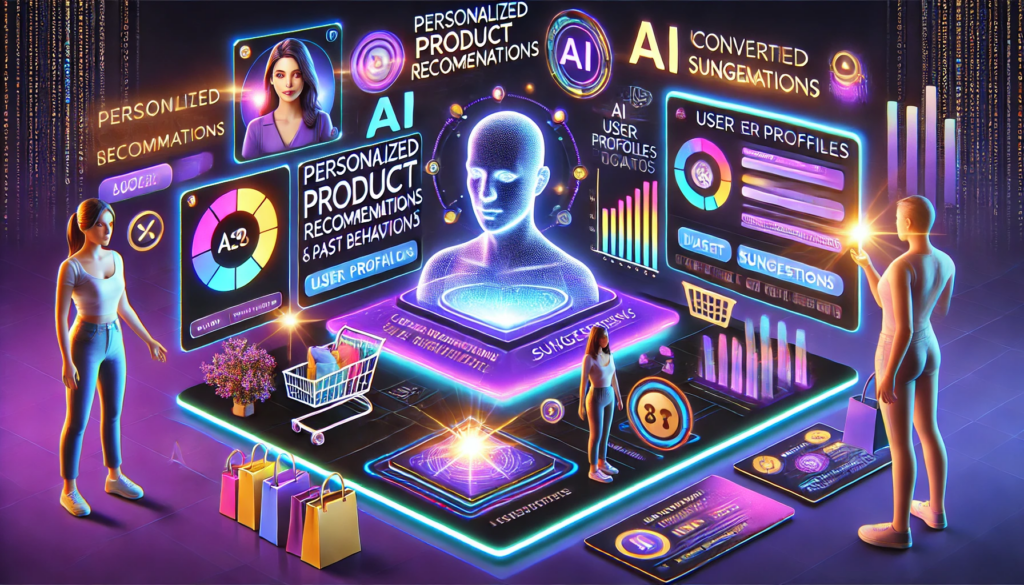
Personalized product recommendations aren’t just marketing jargon. They are tangible tactics proven to drive sales, increase average order value, and enhance customer loyalty. Companies of every size have discovered that suggesting items based on browsing history, purchase patterns, or user demographics can lead to more frequent checkouts and repeat visits. However, there’s an art to designing recommendations so they feel like helpful nudges rather than intrusive attempts at upselling.
Consider a streaming service that captures individual preferences through genres watched, watch times, and viewer ratings. Whenever you open that service, you see a curated row of recommended films or shows that often match your interests surprisingly well. This curated row is the culmination of a data engine that identifies both your personal watching habits and those of millions of other users, clusters them into patterns, and uses that insight to suggest titles you might love. Though the underlying technology involves advanced data modeling and constant iteration, the result is elegantly displayed to the user, who perceives it as a delightful convenience.
The same principle applies to e-commerce platforms. When a shopper views a product or places an item in their cart, algorithms scan related items that others with similar tastes or behaviors frequently buy. In real time, the system might generate a recommendation such as “You may also like…” or “Inspired by your browsing history….” If implemented properly, this approach reduces the friction of searching for complementary products or alternative styles. The recommendation becomes the user’s loyal guide, sifting through thousands of listings to display the most relevant options.
Of course, thoughtful design is a crucial part of this equation. Flooding a page with too many suggestions can overwhelm visitors. Instead, placing subtle recommendation modules in strategic positions on the site—such as beneath a product description or at the end of a blog post—can yield a better user experience. Equally important is personalizing messaging and visuals around the recommendation itself. A simple shift from “You might like these items” to “Products recommended just for you” can help the user sense there’s actual intelligence fueling the suggestions. This attention to contextual nuance sets the stage for deeper engagement.
Graphics also play a decisive role in illustrating the impact of data-driven recommendations to business owners and stakeholders. Imagine a line graph comparing the conversion rates of users who interacted with personalized suggestions versus those who didn’t. The clear upward trend of the personalized cohort, shown in a striking display, quickly conveys the performance boost that results from implementing this approach. By visualizing these patterns, teams can see which recommendation strategies yield the best outcomes and which might need to be tweaked.
Vadimages Web Development Studio specializes in building robust recommendation engines for our clients, blending advanced analytics with a flair for usability. We recognize that personalization isn’t just about serving more products; it’s about serving the right products at the right time. Our solutions begin with an in-depth data audit, ensuring every relevant insight is captured, from user location to on-site interactions. Then, we craft the recommendation modules so that they align with your brand identity and complement the surrounding design. This integrated approach enhances the overall customer journey, helping you retain loyal patrons and attract new ones organically.
Crafting Tailored Landing Pages
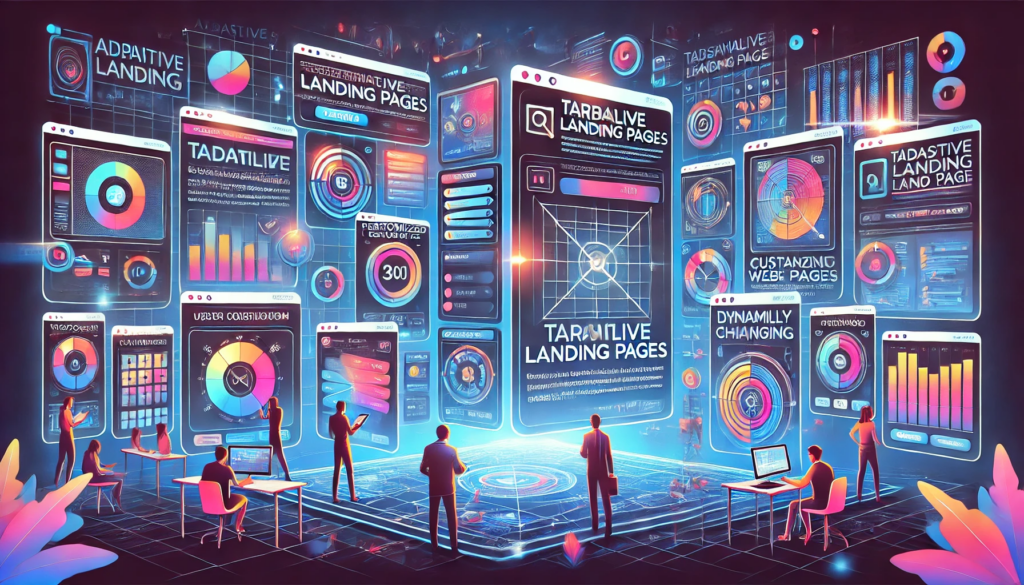
Landing pages are often a visitor’s first impression of your brand or a particular product. The ability to adapt these pages to meet individual expectations can elevate engagement, reduce bounce rates, and encourage deeper exploration throughout the site. Tailored landing pages go beyond merely showing a visitor’s name at the top of the screen. They reflect, for instance, the visitor’s geographic location, their history of prior visits, or even the campaign source through which they arrived.
Imagine a scenario where a user clicks on an ad for travel gear after browsing multiple articles about backpacking. A generic landing page might show a variety of unrelated travel items, from suitcases to city tourist guides. Meanwhile, a tailored landing page references the user’s preference for hiking and camping gear, leading with robust backpacks, lightweight tents, and articles about the best trails to explore. The alignment between the user’s prior interests and immediate content fosters a sense of recognition, driving them to remain on the page. This sense of being understood is exactly what converts interest into action.
Implementing a tailored landing page involves thoughtful architecture behind the scenes. Data signals—like referral links, cookies, or user account profiles—provide the system with an initial snapshot of who’s arriving. The landing page’s layout, text, and images adjust on the fly to speak directly to that person. Perhaps the call-to-action is tweaked to match the likely next step. For a returning visitor who always checks out your blog, the CTA might read, “Discover Our Latest Articles,” whereas a visitor who has placed items in a cart before might see something like, “Return to Your Cart and Save 10% Now.” Each scenario taps into the user’s motivations, significantly increasing the likelihood of conversion.
Graphics are an invaluable tool in the creation of tailored landing pages. A well-placed hero image that reflects the user’s interests or location can serve as an immediate conversation starter, drawing them in from the moment they arrive. Subtle background visuals might shift to complement the user’s most frequented category on your site. For instance, a user who always shops for electronics might notice a sleek background highlighting popular devices, whereas a user drawn to fashion might see something bold and trendy. These visual cues, customized through data insights, amplify the personal connection.
Vadimages Web Development Studio understands that every brand has its own unique voice and identity, which is why our approach to creating tailored landing pages is never one-size-fits-all. We begin by analyzing your user data, identifying patterns in visitor behavior, and pinpointing the critical moments of engagement. Our designers collaborate with data scientists to shape each landing page element, from copy and visuals to offers and navigation. The result is an online environment that embraces visitors with content reflecting their browsing journeys, making them feel at home while guiding them smoothly toward a conversion goal.
In many cases, we also integrate dynamic A/B testing to fine-tune each page’s personalization strategy. By toggling different versions of headlines, layouts, or recommended next steps, we measure which combination leads to the highest user satisfaction and overall conversion lift. These tests run seamlessly in the background, capturing real-world interactions without disrupting the user’s journey. Over time, your site evolves into an adaptive platform that constantly refines the visitor experience, all thanks to the collective power of thoughtful customization and data-driven optimization.
Charting the Future of Customized Web Experiences

The future of custom experiences is on an unstoppable trajectory toward greater personalization, aided by ever-advancing artificial intelligence, machine learning techniques, and deeper integrations across platforms. As data sources multiply—spanning social media interactions, user-generated content, and even wearable technology—opportunities to refine and contextualize the online experience will only expand. In a landscape overflowing with generic messaging, websites that prioritize personalization stand out as destinations of choice.
One emerging trend is the development of adaptive interfaces. In this scenario, the entire layout of a site or application could shift in response to ongoing user behavior, not just isolated historical data. If a user consistently hovers over specific menu sections or interacts with niche features, the interface might reorganize to highlight those items more prominently on subsequent visits. This approach transitions web design from a static arrangement into a fluid, living system that evolves with each user’s preferences, effectively learning from every click or tap.
Another area ripe for exploration is the integration of augmented reality (AR) or virtual reality (VR) elements to deliver personalized immersive experiences. Online furniture retailers, for example, could offer AR previews that adapt to a user’s style preferences gleaned from past browsing data. Shoppers might see a digital mock-up of a sofa or table tailored to their exact color and design tastes, placed seamlessly within a live camera view of their living room. As these technologies become more accessible and data-driven algorithms grow more sophisticated, the boundaries of personalization will continue to stretch, offering new frontiers for brand engagement.
Graphical elements here also evolve alongside these emerging technologies. Interactive dashboards, real-time data overlays, and customizable 3D visualizations will transform how businesses and consumers interpret information. Such graphical interfaces won’t merely display data; they will engage the viewer in a two-way conversation, adjusting visuals based on user interaction. As a result, stakeholders can delve into metrics more intuitively, making the data analysis process feel almost game-like, which helps uncover deeper insights that fuel improved personalization strategies.
At Vadimages Web Development Studio, we believe in embracing the future with a balanced lens. We stand at the intersection of artistry and technology, helping you harness the power of advanced data solutions without sacrificing design elegance. Through robust analytics platforms, finely tuned machine learning models, and imaginative front-end development, our team crafts experiences that adapt, evolve, and resonate. Our services go beyond launch day, offering ongoing support so that your web presence can grow in tandem with shifting market trends and changing user behaviors. We see ourselves as your collaborative partner on the digital frontier, ensuring that the personal touch remains central in every user interaction.
As you plan your next website redesign or prepare to launch a new app, remember that one of your greatest differentiators lies in how you treat each visitor’s uniqueness. Today’s consumers crave more than transactional relationships; they seek brands and platforms that recognize their individuality and cater to their tastes. Turning data into custom experiences is the key to cultivating these meaningful connections. Whether you’re strategizing your next product recommendation algorithm or orchestrating a personalized landing page, let data illuminate the path. And with the right guidance—from a team that understands the nuances of your vision and audience—those personal touches become the cornerstone of a thriving online presence.
Are you ready to transform your digital platform into a powerhouse of personalization? At Vadimages Web Development Studio, we combine in-depth data analytics, cutting-edge technology, and inspired design to build experiences that resonate. Reach out to us to discover how our customized solutions can revolutionize your website or application, setting you apart in the marketplace. The world of personalized product recommendations and tailored landing pages awaits—let us help you make it a reality.


